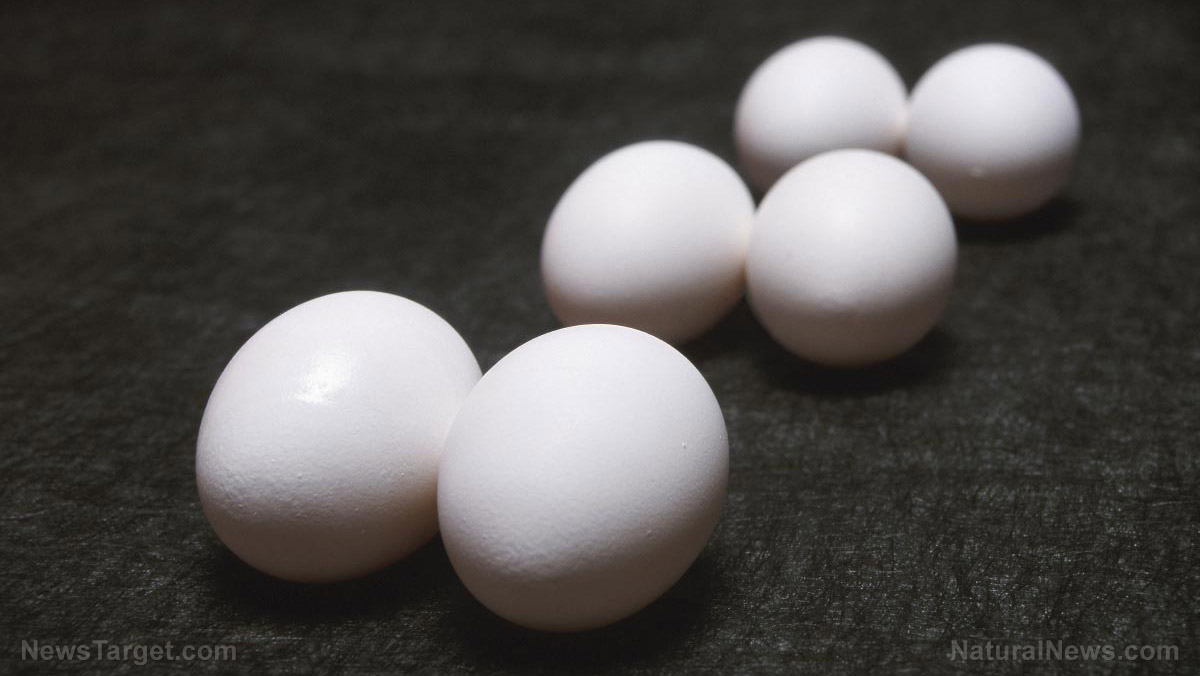Researchers use ring-spinning technique to develop sustainable and durable yarn
11/14/2019 / By Edsel Cook

A Swedish laboratory has brought together traditional spinning techniques, recycled textiles, and natural fibers to develop a yarn that displayed impressive durability, while the mix of recycled and renewable fibers made it a sustainable material.
Developed in the University of Boras by Swedish and Dutch researchers, the yarn may help alleviate the harmful effects of the textile industry on the environment. Not only does it reduce the need to make new material from scratch, but it also increases the value of old textiles.
Saxion University graduate student Maud Kuppen came up with the idea for a sustainable yarn. She spent four months in Boras, applying what she had learned about breaking new ground in textile-related technology.
A textile engineer by profession, Kuppen noted that her industry finds it hard to adopt sustainable materials and techniques. She believes that her new yarn might shake things up in the right direction.
Her approach incorporates the ring-spinning technique used to make most yarn. It produces durable yet soft material for making high-quality textiles.
However, ring-spinning is rather fickle. Not only is it hard to understand, but it also requires much out of the raw materials it will turn into yarn. (Related: Minimizing fibers used in synthetic fabrics can reduce plastic pollution and save marine life.)
Making new yarn from recycled textiles and natural fibers
Kuppen worked on her sustainable yarn project under the watchful eyes of Boras researcher Katarina Lindstrom Ramamoorthy. The latter explained that textiles tend to change during the recycling process, which makes them less suitable for the ring-spinning technique.
“When recycling yarn, the textile fibres become shortened due to the friction in the recycling process, which makes it difficult to manufacture recycled yarn with ring spinning as this technique requires long fibres,” explained Ramamoorthy. “That’s why we came up with the idea of using lubricants to reduce the friction in the process, and this resulted in the fibres’ becoming longer.”
Ramamoorthy belongs to the Swedish university’s Advanced Textile Constructions research group. She started working with Kuppen after the latter expressed her interest in their work on recycled yarn fibers.
Together, they looked for potential materials whose fibers possess sufficient length for the ring-spinning technique. They wanted to create a yarn with the highest possible amount of recycled material.
It proved impossible to spin a yarn made entirely from recycled textiles. They needed to add long fibers from other materials.
The researchers canvassed a list of fibers for candidate materials with the right length and durability for the ring-spinning process. They settled on hemp and flax due to their excellent characteristics.
Sustainable yarn may be produced using existing ring-spinning technique
Furthermore, Kuppen tested different mixtures of recycled cotton, fibers, and linen. She combined these varying amounts of natural fibers.
Recycled fibers made up 60 percent of the final product with the remainder taken up by natural materials. The yarn measured 720 denier (den), the unit of measurement for the thickness of yarn in the US and the UK.
Kuppen noted that the yarn proved thicker than her expected 270 den, which might limit its usefulness. However, she didn’t know if the ring-spinning technique would produce a thinner yarn out of the 60 percent recycled material.
“Yes, when we made a fabric from the yarn, the abrasion resistance was very high, which means that the fabric is durable and will last a long time,” Kuppen related during an interview. “It would therefore work well as material for furniture upholstery, where the fabric needs to withstand a lot of wear.”
She added that the quality and sustainability of the new yarn will make it useful in a variety of roles. She plans to refine the technique and the material for future use.
Sources include:
Tagged Under: fibers, flax, green living, hemp, natural fibers, recycled materials, recycled products, research, ring spinning, sustainable yarn, textile tech, textiles
RECENT NEWS & ARTICLES
COPYRIGHT © 2017 INVENTIONS NEWS


















